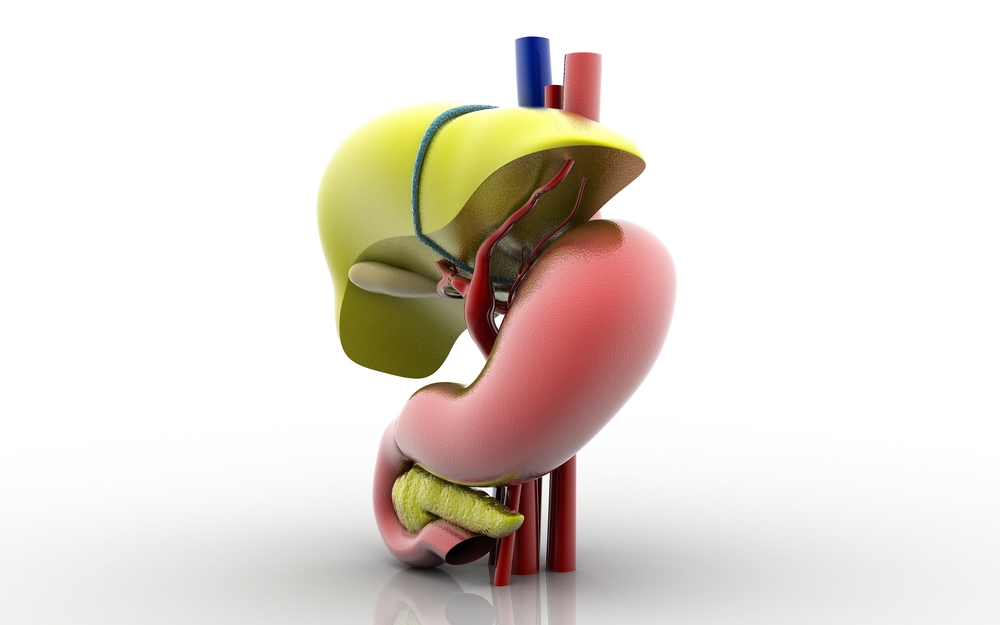Feeding Tubes for AADC Deficiency

Nursing and swallowing can be difficult for children with aromatic l-amino acid decarboxylase (AADC) deficiency, and raise the possibility of both poor nutrition and choking.
Because of feeding problems, these children will likely need some form of a feeding tube during their life, lowering these risks and increasing their chances of thriving.
What is AADC deficiency?
AADC deficiency is a rare genetic disorder that affects the function of the nervous system. It is caused by mutations in the DDC gene, which contains the instructions for cells to make the aromatic l-amino acid decarboxylase (AADC) enzyme.
This enzyme is necessary for the production of several neurotransmitters — chemicals that relay messages between nerve cells and other cells — including dopamine, serotonin, adrenaline, and noradrenaline. Mutations in the DDC gene cause low levels of these neurotransmitters, which work to regulate muscle tone, movement, and digestion, among many other functions.
What feeding problems are common?
Symptoms of AADC deficiency can be evident soon after birth. But they more often appear when babies are 2 to 3 months old. Feeding problems are a common early symptom of AADC deficiency.
In a survey of physicians and caretakers of AADC deficiency patients, 75% reported either past or current feeding difficulties. The most common forms were vomiting or trouble swallowing. Gastroesophageal reflux (acid reflux) has also been reported, especially among infants, and hypersalivation.
All these difficulties raise the risk of aspiration (breathing food, liquid or vomit into the lungs), and of subsequent lung infections. A failure to thrive and proper growth are known in young patients who fail to get enough nutrition.
To reduce the risk of aspiration and ensure adequate nutrition, a feeding tube can be necessary.
Types of feeding tubes
There are two main types of feeding tubes for patients with AADC deficiency. They mainly differ in the way they enter the stomach. Nasogastric (NG) tubes are flexible tubes inserted through the nose and down the esophagus into the stomach. Gastrostomy tubes (G-tubes) are placed via a surgery through the abdomen directly into the stomach.
There are benefits and potential risks for each type of these feeding tubes. NG tubes are usually for temporary use, when the patient will only need tube feeding for a short period of time. They are easier to place, but can cause irritation and damage to tissue over time, working against long-term use. G-tubes require surgery to implant. Therefore, they carry more risk due to the procedure and possible infection. However, they are generally more stable than NG tubes, making them better candidates for long-term feeding needs.
For patients with gastroesophageal reflux, vomiting or aspiration, options exist that bypass the stomach and go directly to the small intestine. For more temporary feeding through the nose, nasoduodenal (ND) and nasojejunal (NJ) tubes pass through the stomach to enter the duodenum and jejunum — the first and second portions of the small intestine, respectively.
Doctors also insert a gastrojejunal (GJ) tube through the abdomen into the stomach like with G-tubes, but the tube continues down into the small intestine. They may also insert a jejunal tube (J-tube) through the abdomen directly into the midsection of the small intestine. These tubes, however, are not commonly used, and rarely in children.
Feeding tube options that pass into the small intestine require caregivers to give the food slowly, over 18 to 24 hours rather than as a large injection. This is because the small intestine cannot stretch and hold as much food as the stomach.
Last updated: Oct. 28, 2020
***
AADC News is strictly a news and information website about the disease. It does not provide medical advice, diagnosis, or treatment. This content is not intended to be a substitute for professional medical advice, diagnosis, or treatment. Always seek the advice of your physician or other qualified health provider with any questions you may have regarding a medical condition. Never disregard professional medical advice or delay in seeking it because of something you have read on this website.





